FINGER MILLET PRODUCTION FACTORS AND CONSTRAINTS:
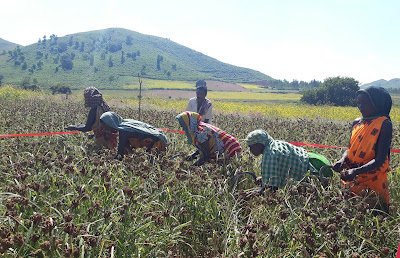 |
| SMI of Finger Millet Crop Cutting Experiment |
Finger Millet(Eleusine coracana) commonly known as Ragi. It is grown for grains and fodder purposes under varied agro-climate conditions in India. It is cultivated on a variety of soils from rich loam to poor shallow upland soils.
To understand the constraints in Finger Millet Cultivation a study was conducted in Dasamantpur Block of Koraput District, Odisha. The important production-related constraints of finger millet in terms of spread across the sample villages and the number of affected farmers identified by the survey :
Important Production related Constraints:
- Weeds
- Shortage of rainfall
- Land degradation
- Insects
- Diseases
- Not using fertilizer properly
- Rat damage
- If any other
Further to understand with reference to finger millets, the ranking of the constraints were done.
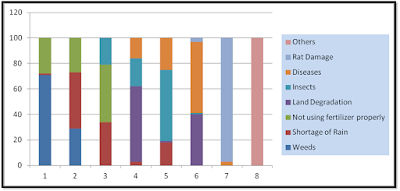 |
| Figure: Ranking of the constraints in the production of finger millet |
After the study, it was found that weeds are the major problem in Ragi cultivation and it was ranked in the first position in terms of a problem followed by a shortage of rainfall, No using fertilizers properly, Land Degradation due to soil erosion, Insects, Diseases and Rat Damage.
Recommendation:
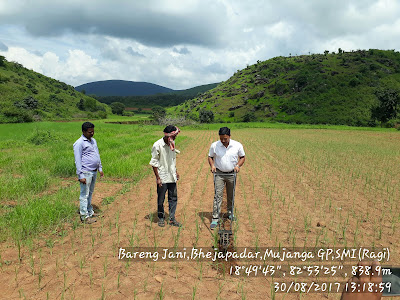 |
| Checking the Push-type operated Wheel Weeder in Farmer’s Field |
Factor to increase the production of finger millet in the future: (100 respondents)
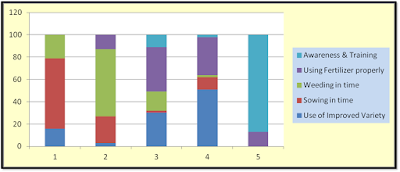 |
| Figure: Ranking of factors to increase the production of finger millet |
From the study, it is understood that sowing in time is an important factor. Most of the farmers broadcast their seeds on the onset of the monsoon but those who opt for transplanting differ due to delay or shortage of rainfall. It is also found that old seedlings more than 25 days affect the yield. It is better to complete the sowing and transplanting in the month of July.
Author: Tapas Chandra Roy, A Certified Farm Advisor on Millets. Promoting Millets from Farm to Plate.

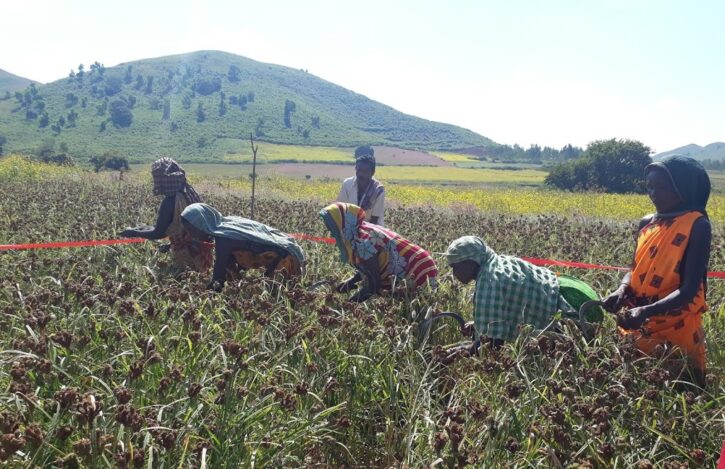
2 thoughts on “Finger Millet Production- Important Factors and Constraints”